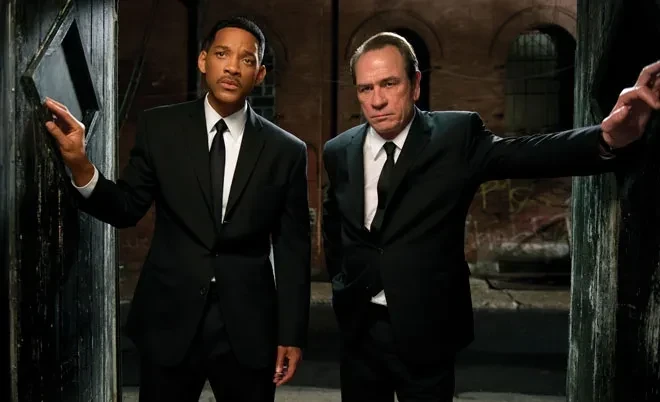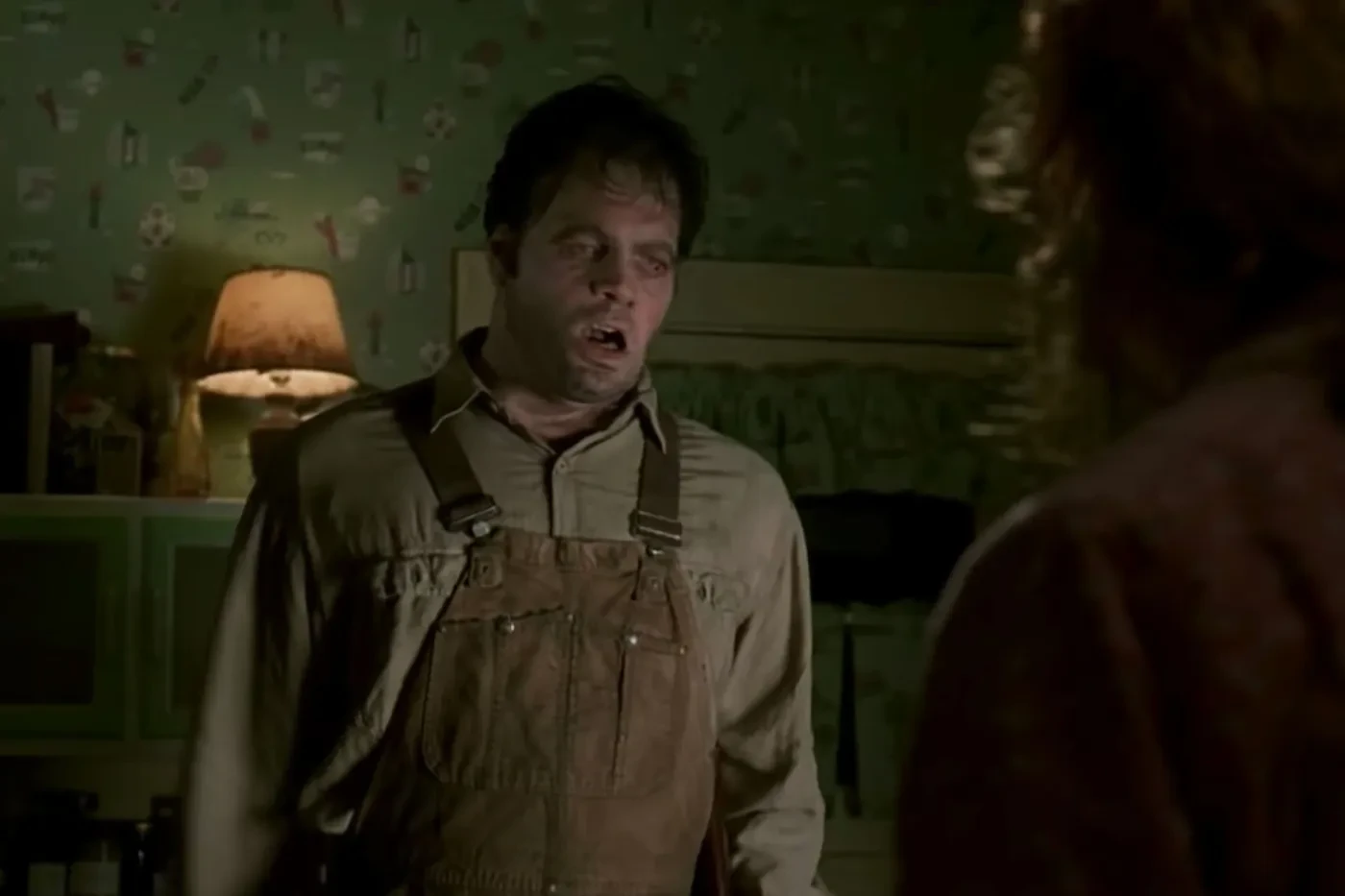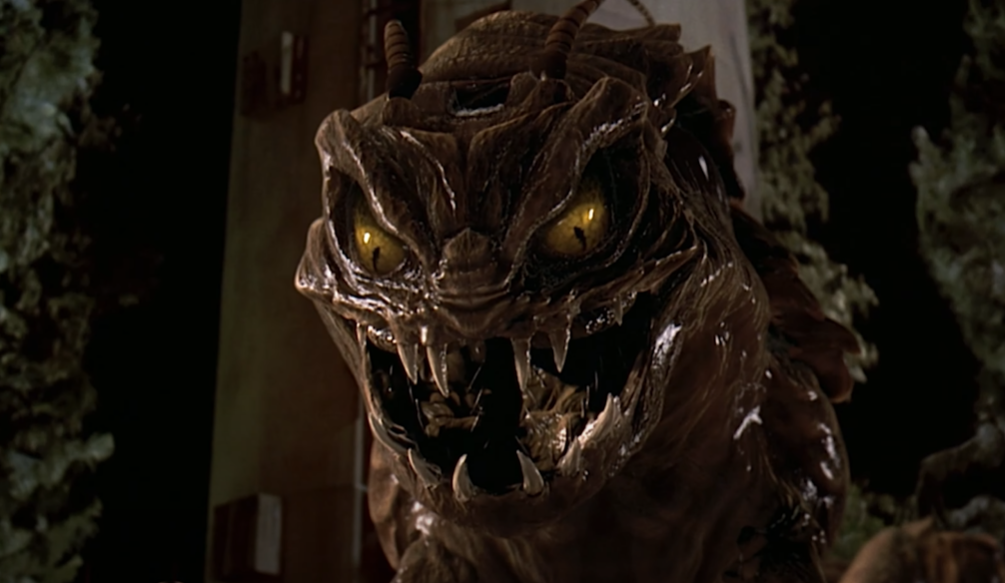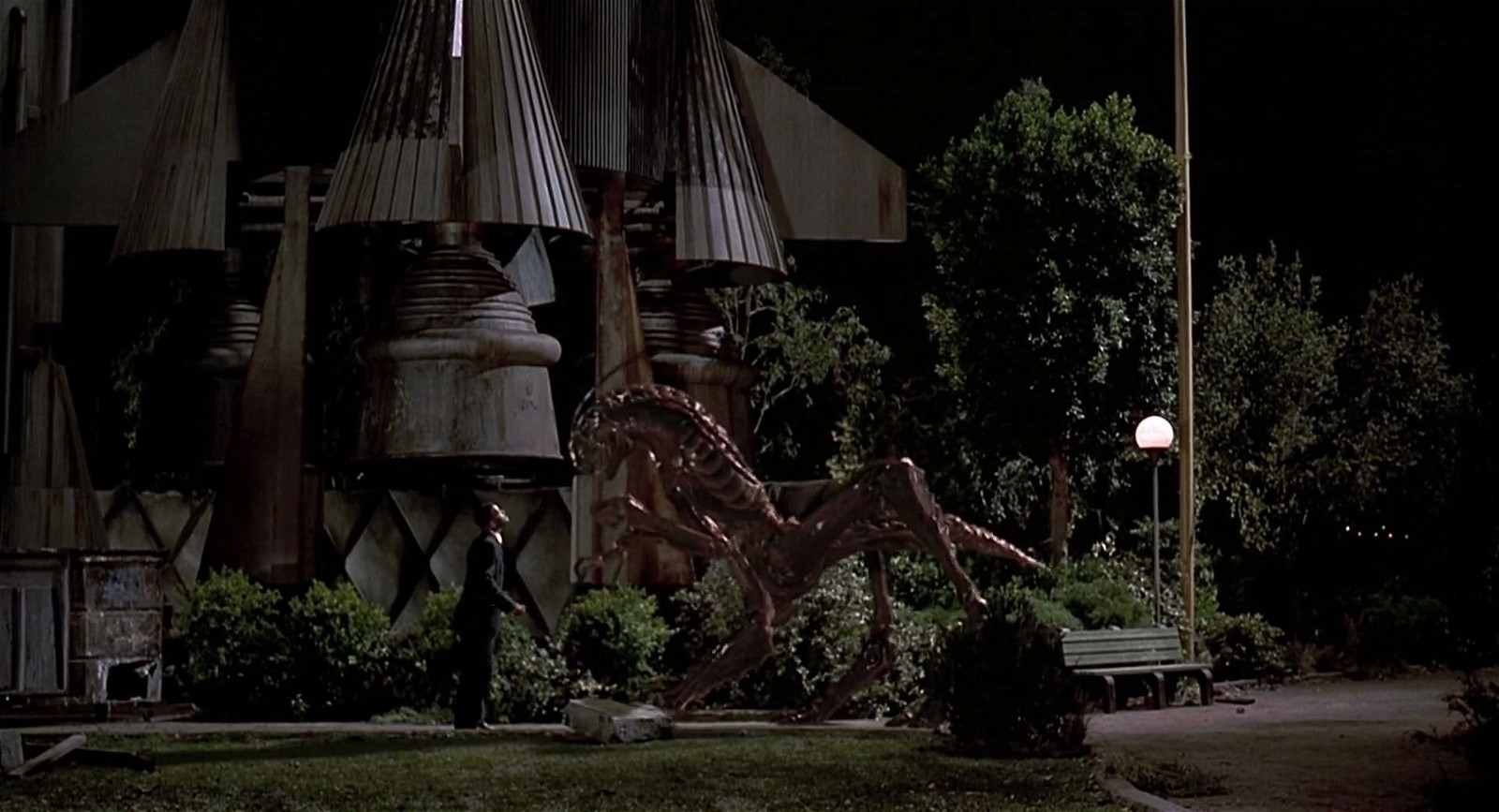SUMMARY
Crafting the intricate world of aliens and secret agents in the sci-fi comedy film Men in Black proved a formidable challenge for the creators.
The alien creature, Edgar, was originally intended to be depicted by an animatronic insect, which was created at a cost of $1 million.
Eventually, they had to cut out the giant animatronic bug and utilize special effects to bring the extraterritorial creature to life on-screen.
Starring Will Smith and Tommy Lee Jones, the 1997 film Men In Black was a huge hit upon its release, earning critical and commercial success, which was followed by two sequels along with a stand-alone fourth installment. However, crafting the intricate world of aliens and secret agents proved a formidable challenge for the creators.
 Men in Black | Credit: Columbia Pictures
Men in Black | Credit: Columbia Pictures
In a 2022 oral history of Men In Black discussion, director Barry Sonnenfeld, production designer Bo Welch, and screenwriter Ed Solomon reflected on the process of making the movie and revealed how they spent close to $1 million on an animatronic bug, ultimately abandoning its use in the final cut.
Men in Black Spent $1 Million in an Unused Giant Animatronic Bug
The first film in the Men in Black franchise follows Agent K (Tommy Lee Jones) and Agent J (Will Smith) as they investigate a series of alien-related incidents, and across a dangerous alien bug who attempts to acquire a powerful galaxy.
 Vincent D’Onofrio as Edgar in Men in Black | Credit: Sony Pictures
Vincent D’Onofrio as Edgar in Men in Black | Credit: Sony Pictures
Throughout the film, the alien creature is seen as Edgar (Vincent D’Onofrio), a farmer who becomes a victim of the extraterrestrial insect, who then wears his skin to disguise himself among humans. However, during the climactic scenes of the movie, the alien transforms into a massive insect.
Although the movie does feature a CGI rendition of the creature, the filmmakers initially had different plans. While discussing the oral history of Men In Black on Inverse, Barry Sonnenfeld, Bo Welch, and Ed Solomon recalled how they had an animatronic bug, worth nearly $1 million, for the film’s finale.
 The Giant Alien Bug in Men in Black | Credit: Columbia Pictures
The Giant Alien Bug in Men in Black | Credit: Columbia Pictures
“[FX Technician] Rick [Baker] had spent close to $1 million building an animatronic 18- or 20-foot Edgar bug,” Sonnenfeld said before adding, “It could bend but it couldn’t walk.” Soloman also recalled the special effects supervisor Eric Brevig advising them to opt for visual effects.
And they took the advice and had to rewrite the whole ending just weeks before its filming. Eventually, they had to cut out the giant animatronic bug and utilize special effects to bring the extraterritorial creature to life on-screen.
The Alternate Ending of Men in Black With Animatronic Alien Bug
Further in their conversation, the Men in Black screenwriter Ed Soloman revealed the alternate ending of the film, which was supposed to include the animatronic alien bug. He said that it was more of a “philosophical” ending than what fans eventually got on-screen.
“My ending was probably a little bit more complex than the movie warranted,” he said before adding, “I always wanted it to be a more philosophical thing.” Barry Sonnenfeld further shared how the original ending was a talk-fest between Will Smith’s Agent J and Edgar the Bug.
 A still from Men in Black | Credit: IMDb
A still from Men in Black | Credit: IMDb
However, as they realized that the ending was not suitable, they started revisions and came to the realization that it would require significant CGI enhancements. “So we realized we were gonna have to add a lot of CG,” the filmmaker said.
However, it did not go well with Rick Baker, who not only spent $1 million but also dedicated extensive efforts to the animatronic creation. “It did not go well on set the day that Rick learned that the bug was going to be completely CG,” David LeRoy Anderson recalled. Ultimately, replacing the animatronic bug with a CGI counterpart incurred an additional $4.5 million in expenses for the filmmakers.





